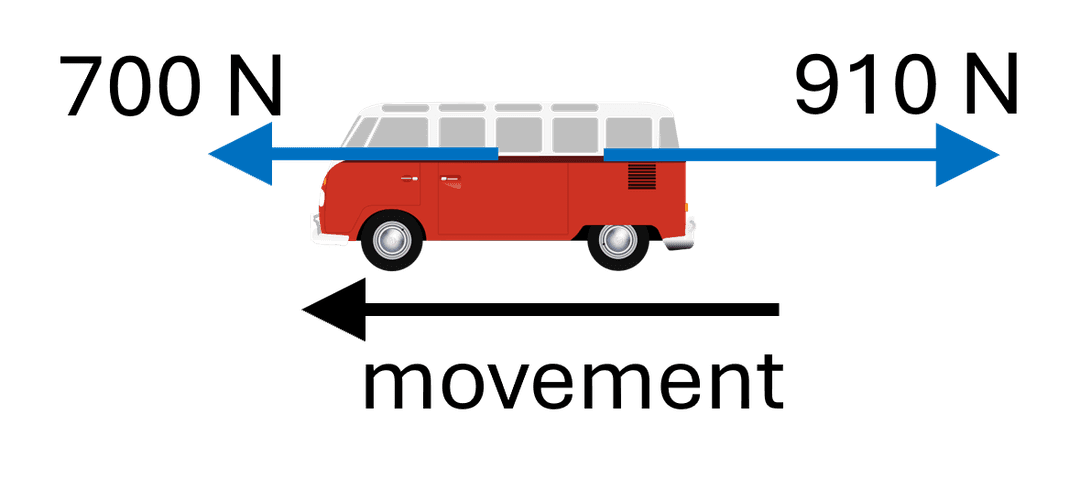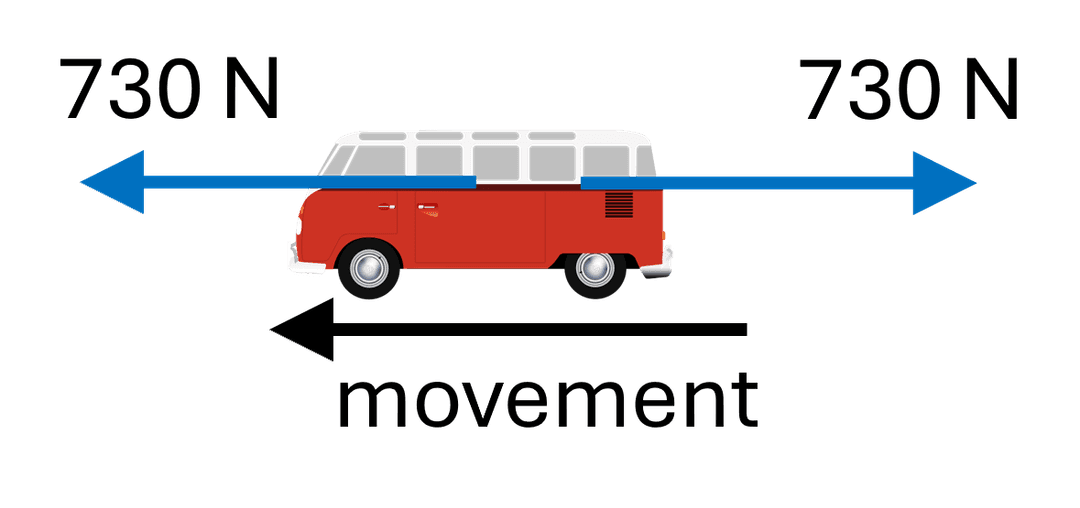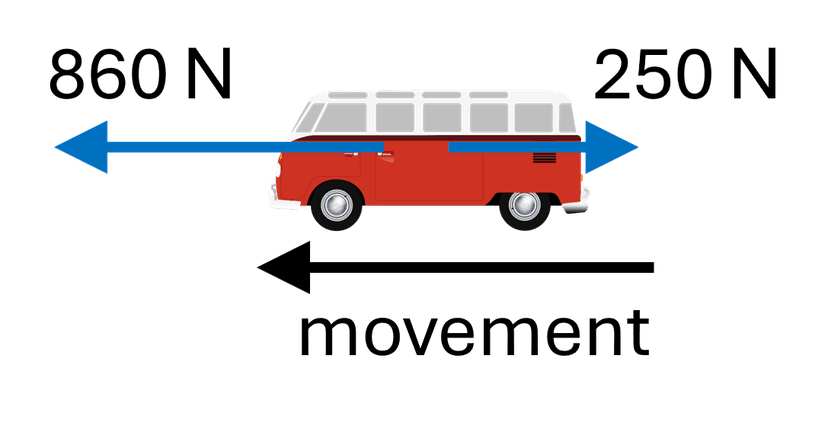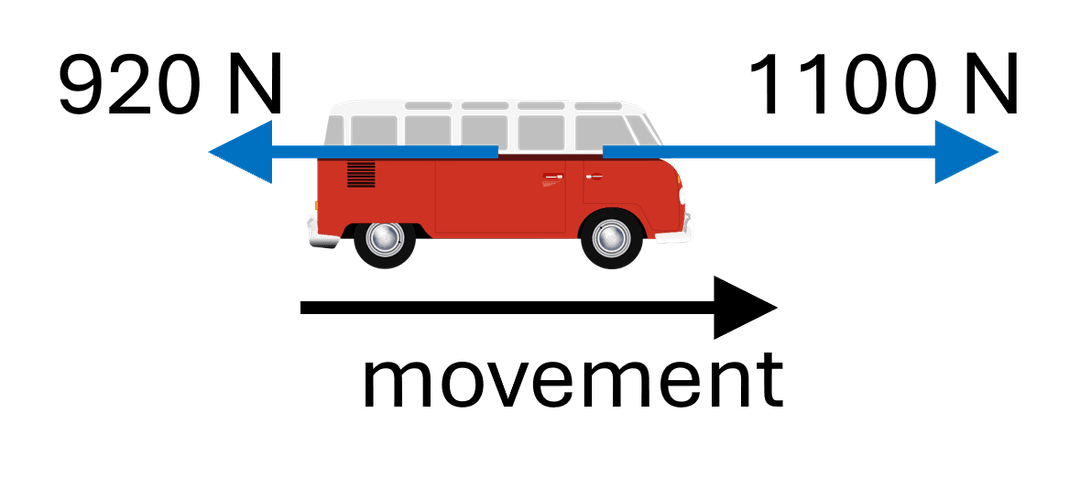Myths about teaching can hold you back
- Year 11
- AQA
- Higher
Resultant forces and their effects
I can determine the change of motion caused by one dimensional forces acting on an object.
- Year 11
- AQA
- Higher
Resultant forces and their effects
I can determine the change of motion caused by one dimensional forces acting on an object.
These resources were made for remote use during the pandemic, not classroom teaching.
Switch to our new teaching resources now - designed by teachers and leading subject experts, and tested in classrooms.
Lesson details
Key learning points
- A single resultant force has the same effect as several forces acting on an object
- If there is no resultant force on an object, it remains still or continues to move at a steady speed in a straight line
- If there is a resultant force on an object, it will accelerate in the direction of the force
- A resultant force acting in the opposite direction to movement will decelerate (slow down) an object
Keywords
Resultant force - the effect of a set of forces on an object
Newton’s First Law of motion - an object will remain at rest, or in motion in a straight line at constant speed, unless there is a resultant force acting on it
Velocity - the rate of change of displacement of an object, measured in metres per second (m/s)
Accelerate - a change in the speed and/or direction of an object
Decelerate - a decrease in the speed of an object
Common misconception
A common belief is that a resultant force is needed to keep an object in motion, and if no resultant force acts on an object then it must be stationary.
Discuss examples in which friction is very low or absent, such as a puck sliding across an ice rink or an object being dropped during a space walk and extrapolate to what would happen if friction disappeared entirely.
To help you plan your year 11 physics lesson on: Resultant forces and their effects, download all teaching resources for free and adapt to suit your pupils' needs...
To help you plan your year 11 physics lesson on: Resultant forces and their effects, download all teaching resources for free and adapt to suit your pupils' needs.
The starter quiz will activate and check your pupils' prior knowledge, with versions available both with and without answers in PDF format.
We use learning cycles to break down learning into key concepts or ideas linked to the learning outcome. Each learning cycle features explanations with checks for understanding and practice tasks with feedback. All of this is found in our slide decks, ready for you to download and edit. The practice tasks are also available as printable worksheets and some lessons have additional materials with extra material you might need for teaching the lesson.
The assessment exit quiz will test your pupils' understanding of the key learning points.
Our video is a tool for planning, showing how other teachers might teach the lesson, offering helpful tips, modelled explanations and inspiration for your own delivery in the classroom. Plus, you can set it as homework or revision for pupils and keep their learning on track by sharing an online pupil version of this lesson.
Explore more key stage 4 physics lessons from the Forces make things change unit, dive into the full secondary physics curriculum, or learn more about lesson planning.

Licence
Prior knowledge starter quiz
6 Questions
Q1.How many newtons (N) are there in 2.5 MN?
Q2.When two or more forces act on an object, we can imagine a single force that has the same effect as this combination of forces. This single force is called the force.
Q3.A coin is dropped into a swimming pool. While the coin is falling downwards through the water, which of the following forces act on it?
Q4.There is a law of physics which states that forces come in equal and opposite pairs, which act between pairs of objects. What is the name of this law?
Q5.Which of the following are correct definitions of acceleration?
Q6.Which of the following situations involve a change in velocity?
Assessment exit quiz
6 Questions
Q1.The diagram shows four forces acting on an object. What is the magnitude of the resultant force?
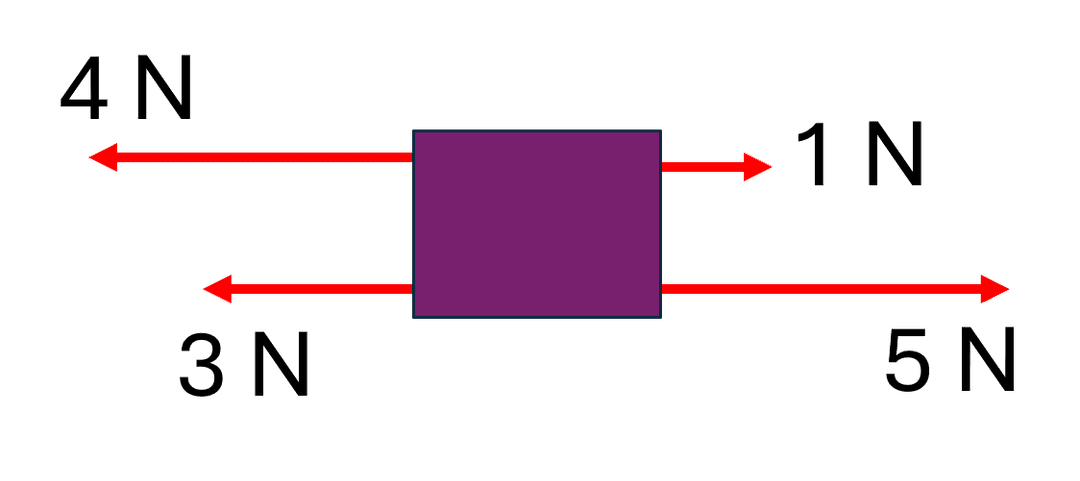
Q2.Which of the following is not caused by a resultant force acting on an object?
Q3.Which of the following statements are included in Newton’s First Law of motion?
Q4.A ship travels at a constant speed without changing direction. Which of the following statements are correct?
Q5.A person pushes a stone across a frozen lake. After they let go, the stone slides across the ice, slowing and stopping before it reaches the other side of the lake. Why does the stone slow and stop?
Q6.Which of the following vans is decelerating?
